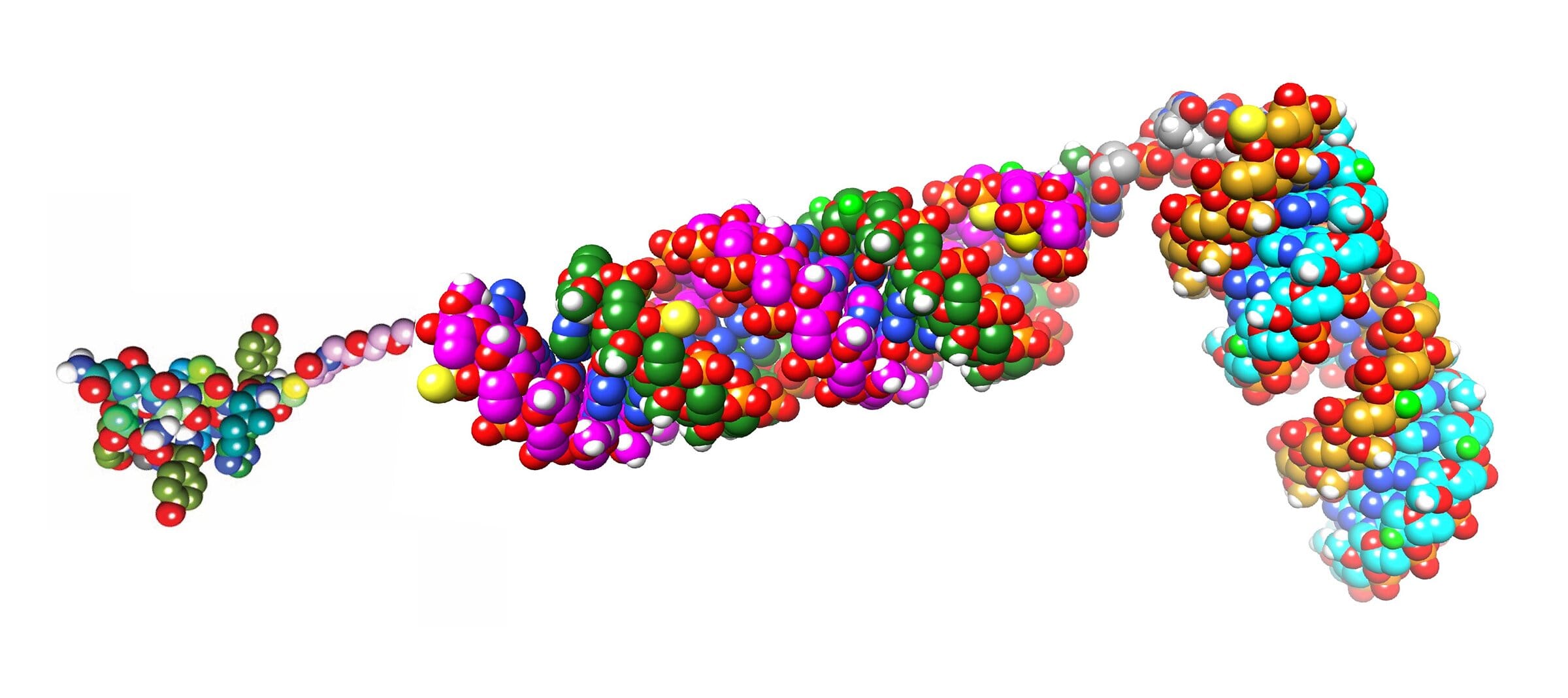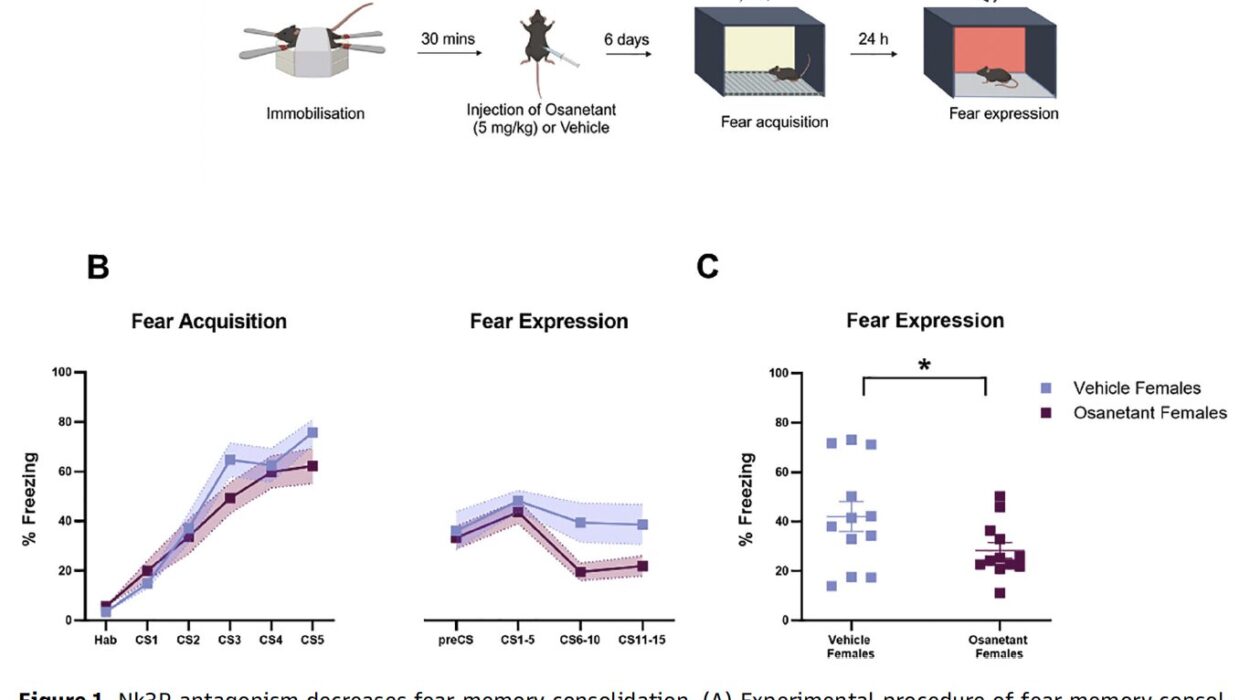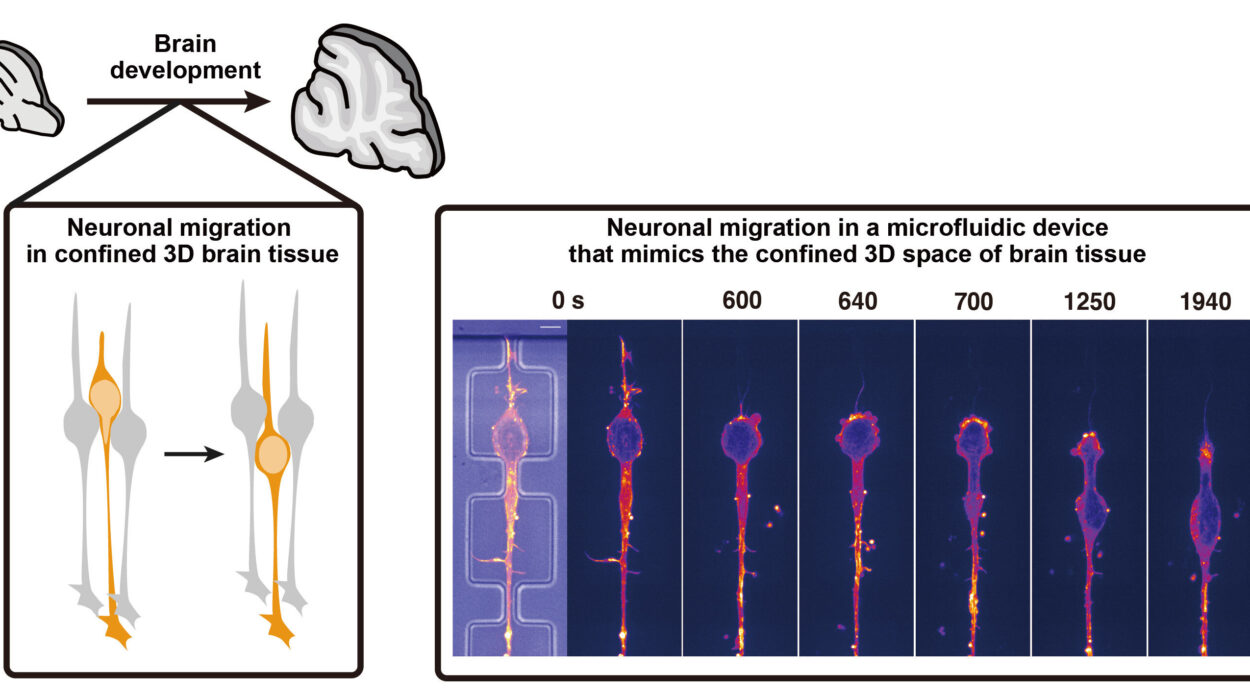In the war against cancer, two of the most notorious enemies have long eluded capture: KRAS and MYC, two genes that fuel some of the deadliest and most treatment-resistant tumors. Now, scientists at the University of North Carolina Lineberger Comprehensive Cancer Center have unveiled a groundbreaking new strategy that might finally change the odds.
A research team led by Dr. Chad V. Pecot, professor of medicine at the UNC School of Medicine, has developed a “two-in-one” RNA molecule that can simultaneously shut down both KRAS and MYC—while also delivering cancer-killing drugs directly to the tumors. This innovative advance could offer new hope to patients battling some of the most stubborn cancers, including lung, colorectal, and pancreatic cancer.
Two Genes, One Problem: Why KRAS and MYC Are So Hard to Target
KRAS and MYC are not just any cancer-related genes—they’re among the most powerful drivers of malignant growth in the human body. KRAS mutations are found in nearly one in four human cancers, often in aggressive forms of lung, colon, and pancreatic cancers. MYC, meanwhile, is thought to be dysfunctional in up to 70% of all cancers.
These genes work like a toxic duo. They collaborate in cancer cells, promoting rapid division, stoking inflammation, and disabling the cell’s natural suicide mechanisms. Turning one off may slow cancer down. But turning both off at once? That’s like severing cancer’s Achilles’ heels.
Unfortunately, both genes are notoriously hard to drug. Traditional chemotherapy can’t differentiate well between healthy cells and cancerous ones, and targeted therapies for KRAS and MYC have repeatedly fallen short. MYC, in particular, has been considered “undruggable” for decades. But what if, instead of trying to drug these genes, we could just turn them off?
The Science of Silencing: How RNA Interference Works
That’s where RNA interference (RNAi) comes in—a biological process where small fragments of RNA, called siRNAs, are introduced into cells to bind to and silence specific genes. Think of it like a “mute” button for problematic genetic messages.
The UNC team didn’t just use standard RNAi. They engineered an inverted RNAi molecule capable of simultaneously silencing both KRAS and MYC. In lab experiments, this “dual-silencing” approach led to a 40-fold increase in cancer cell death compared to using siRNAs against each gene separately.
It’s not just efficient—it’s devastatingly effective. This marks one of the first times a single molecule has been designed to knock out both of these crucial genes at once, a technological leap in cancer therapeutics.
From Theory to Therapy: Direct Delivery to Tumors
One of the major challenges with RNA-based therapies has always been delivery—how do you get these fragile molecules into tumors without them breaking down or going to the wrong place?
Dr. Pecot’s team addressed this head-on. The “two-in-one” molecule isn’t just a silencing agent—it’s also a smart delivery system, designed to seek out and penetrate tumors that express KRAS and MYC. This means the treatment goes exactly where it’s needed, minimizing side effects and boosting potency.
This approach follows on the heels of a related breakthrough by Pecot’s lab earlier this summer, where they developed a drug delivery platform targeting a specific KRAS mutation, KRAS G12V. Now, instead of targeting just one variant, they’ve created an RNAi molecule capable of silencing all cancer-related KRAS mutations. This makes the therapy potentially applicable to millions of patients, not just a genetic subset.
Why Dual-Targeting Matters: Treating the Complexity of Cancer
Cancer is not a disease with a single cause. Most tumors rely on multiple mutations to survive, grow, and resist treatment. That’s why therapies that target just one pathway often lead to disappointing outcomes or eventual resistance.
By simultaneously hitting two key cancer drivers—KRAS and MYC—UNC’s RNA technology represents a paradigm shift. It’s not just about attacking cancer more aggressively; it’s about understanding and treating its complexity.
“Our study is one of the first to deeply characterize the therapeutic implications of targeting both genes at the same time,” said Dr. Pecot. “We’ve created the first ‘two-in-one’ molecule capable of silencing both the KRAS and MYC proteins. The opportunities this opens up are vast.”
Even more remarkably, Pecot hints that the team is already exploring the possibility of expanding their design to silence three genes at once. In the long-term vision, cancer therapy could be customized to knock out whatever combination of gene mutations is driving a patient’s specific tumor.
A Hopeful Step Forward for Pancreatic, Lung, and Colon Cancer
This discovery could not come at a more urgent time. Lung, pancreatic, and colorectal cancers—the types most commonly driven by KRAS mutations—are among the deadliest cancers worldwide, with hundreds of thousands of new diagnoses each year in the U.S. alone.
Pancreatic cancer, in particular, has a dismal five-year survival rate of just over 12%, largely because it is often diagnosed late and resists nearly all conventional therapies.
If the UNC technology proves effective in future clinical trials, it could offer a powerful new treatment option for patients who currently have few or no alternatives.
“This is another nice example of RNA therapeutics being made at UNC as part of the RNA Discovery Center,” said Pecot. “These advances could bring real hope to patients with KRAS-related cancers.”
The Road Ahead: Clinical Trials and Beyond
As with all promising lab breakthroughs, the next step will be testing in humans. While the results in cell cultures and preclinical models are compelling, real-world clinical trials will be needed to confirm safety, dosing, and effectiveness in patients.
Still, the excitement is palpable. RNA-based therapies have surged forward in recent years, especially since the success of mRNA vaccines for COVID-19 showed the power of RNA science in medicine.
With this new dual-silencing molecule, the UNC team joins a growing chorus of researchers pushing RNA beyond the lab and into the clinic—not just to fight viruses, but to take on cancer’s most cunning genes.
A New Era of Molecular Precision
The story of this discovery is not just one of scientific innovation. It’s a story about rethinking what’s possible, about fighting a disease once deemed unbeatable with tools of elegance and precision.
For too long, the names KRAS and MYC have loomed like untouchable shadows over the field of oncology. But now, thanks to a new generation of RNA therapeutics, scientists are starting to shine light into those dark corners.
And for patients and families living in the shadow of cancer, that light could soon become a lifeline.
More information: Inverted chimeric RNAi molecules synergistically co-target MYC and KRAS in KRAS-driven cancers, Journal of Clinical Investigation (2025). DOI: 10.1172/JCI187204 , www.jci.org/articles/view/187204
Lyla J. Stanland et al, A first-in-class EGFR-directed KRAS G12V selective inhibitor, Cancer Cell (2025). DOI: 10.1016/j.ccell.2025.05.016






